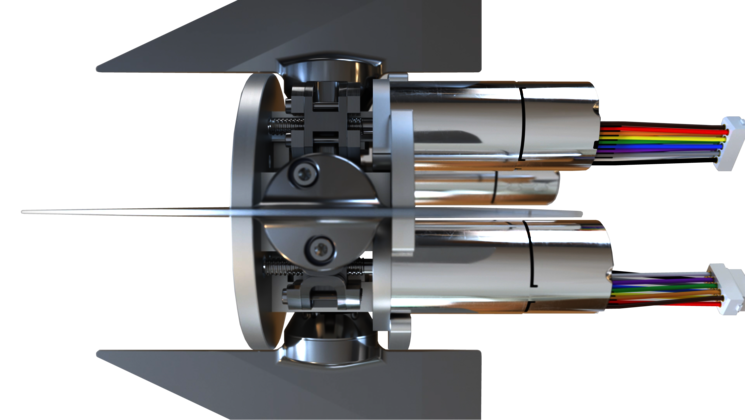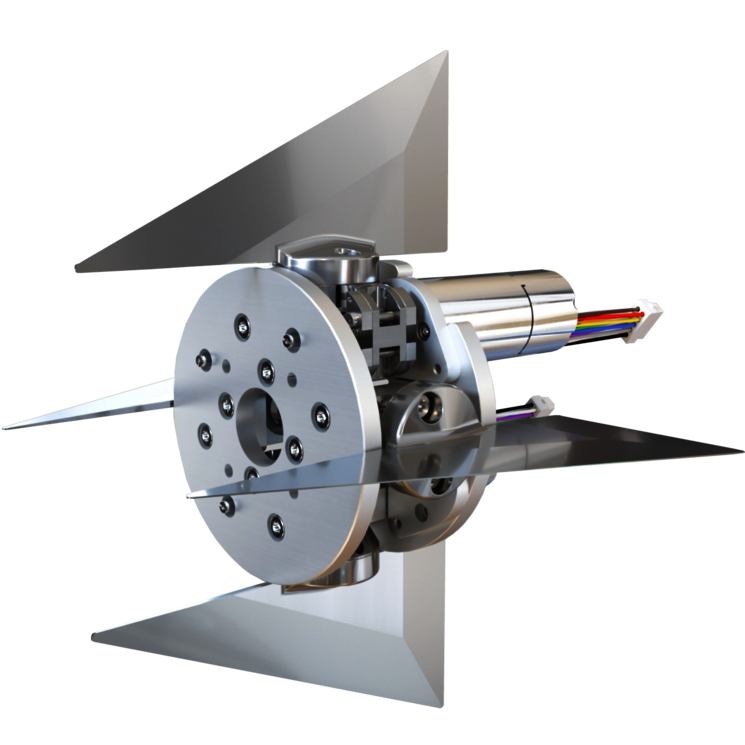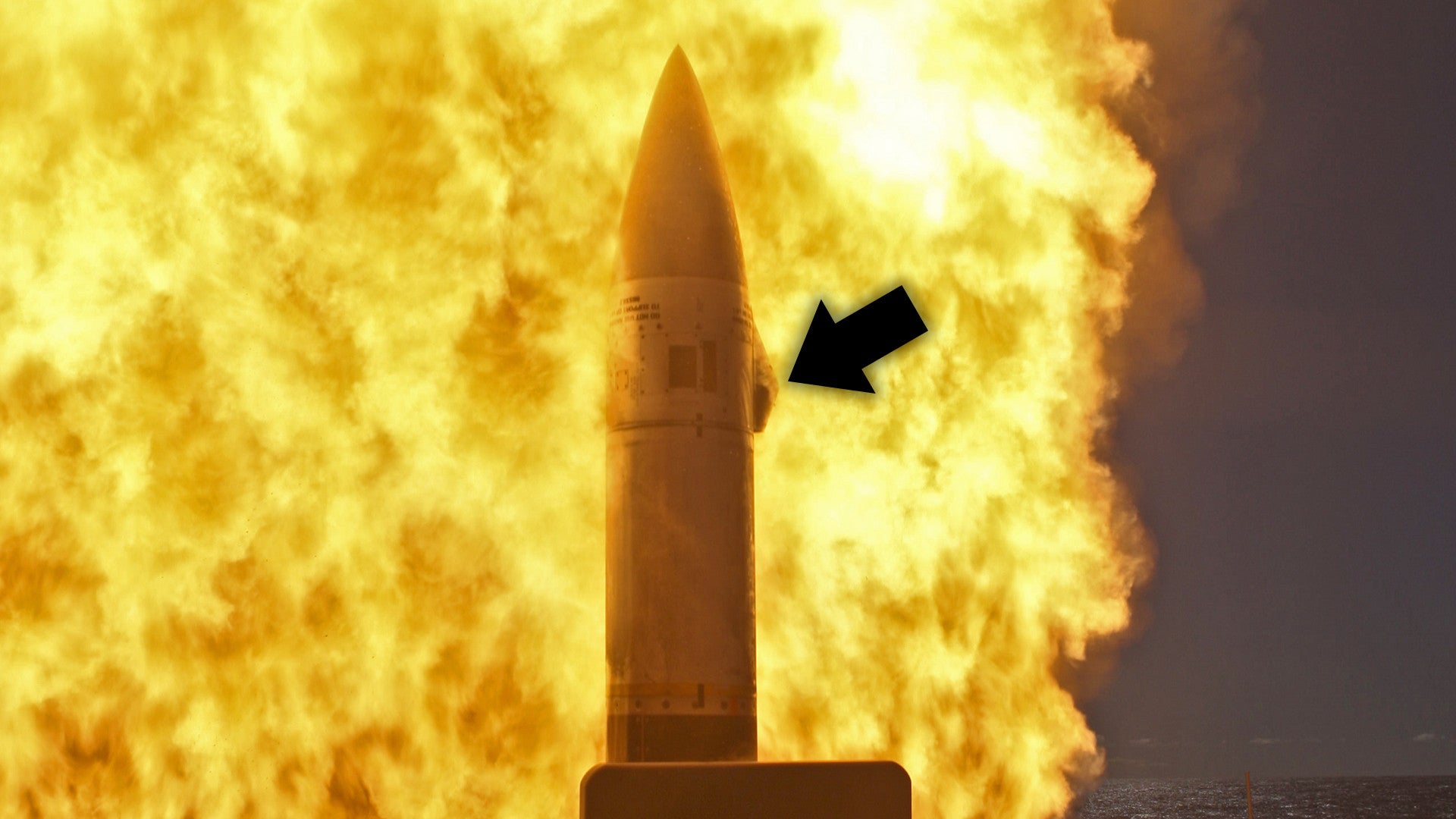Some thoughts on the Faaz-2 picture:
View attachment 931927
1. The most obvious thing that I notice is the ratio of the length to the diameter. This is called the fineness ratio. For Faaz-2 this is roughly 10 - that is the length is 10 times the diameter. For comparison the AIM-120 has a fineness ratio of roughly 20. There's two explanations for this:
a. Optimistic explanation: This is a motor with a long burn time, while sacrificing drag, which would suggest a high-altitude, long-range shot type mission.
b. Realistic explanation: This is a limitation of the motor technology, which requires this chonky design and drag has to be sacrificed.
I say this is realistic because given the choice, you almost always reduce drag rather than increasing burn time if that's the tradeoff. The reason is that the missile spends a lot of time coasting too, so you want to minimize drag as much as possible.
2. The fins are massive. The main fins are fixed, and its tail controlled. This missile looks closer to the AIM-7 Sparrow, which is an old missile. Another missile that has large fore fins is the HARM, which has large fins due to its mostly near-ground missions where lift is more important. These large fins point to deficiencies in control system and actuator technology. The price that you pay is again drag.
3. This picture is some sort of engineering view with parts missing. This is most evident in the tail section where the placeholder actuators for the fins are visible. This can also be seen in the seeker area, front of the warhead. This does not look like any kind of seeker to me, just a bunch of placeholder blocks. This placeholder stuff could be secrecy, or point to the possibly unfinished (very early) stage of the design. Why show a cutway, only to have placeholder things for secrecy? You could just cover it up and show the outer mold line.
Not a comment on the picture, but the dual-mode seeker claim seems far fetched to me. This is a difficult difficult technology and I don't expect us to master it out of nowhere. And I don't think any country sells these things to us.
EDIT: The fin actuator assembly similar to the one that is visible at the tail:









